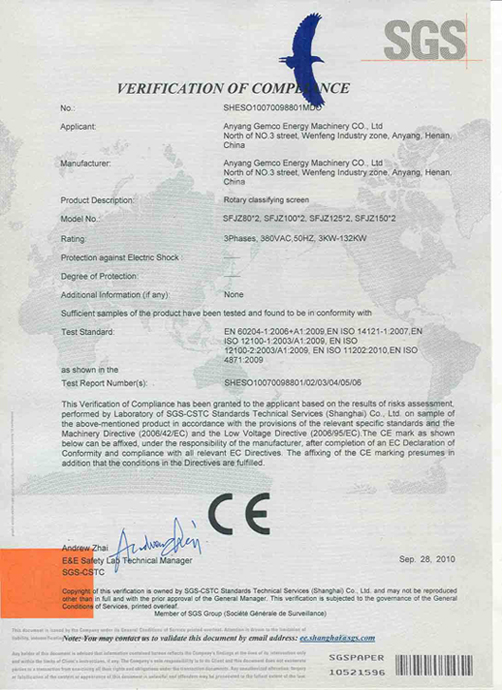FAQs About Biomass
1. What is biomass?
Biomass is any living or recently dead material that can be used as fuel. This includes any wood and waste wood products, as well as fast-growing crops such as miscanthus, switch grass, reed canary grass, and oilseed straw, to name but a few.
2. Why use biomass to produce pellets?
Biomass is a carbon neutral fuel, which means that, upon burning, the level of atmospheric carbon remains constant. This contrasts with fossil fuels. Thus, biomass energy plays a crucial role in curbing global warming. Biomass fuel is cheap to produce, and in fact is often free, in the form of waste wood products.
3. What kinds of biomass materials may be used to produce pellets?
Your choice of biomass materials is largely open to whatever is local vegetation is available, a constraint being what your boiler or stove can burn without complications.
4. What sizes of biomass materials can be used in wood pellet machines?
Pellet machines can be equipped with a hammer mill to break the raw material down to a uniform size (generally 3-6 mm). The hammer mill can freely process straws and grasses, but woody materials must be in a chipped form, or with a diameter less than 1 inch.









